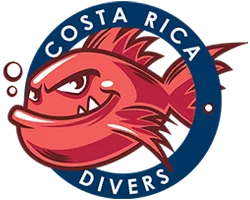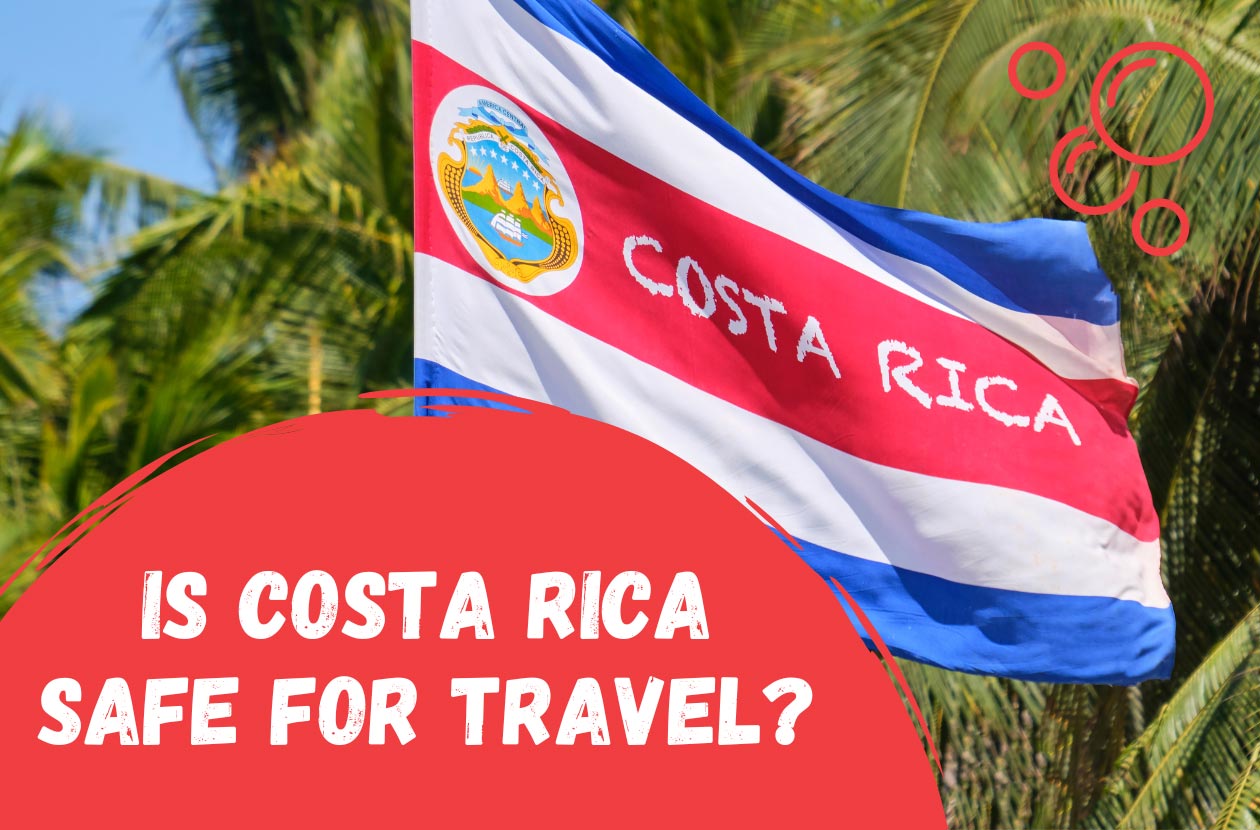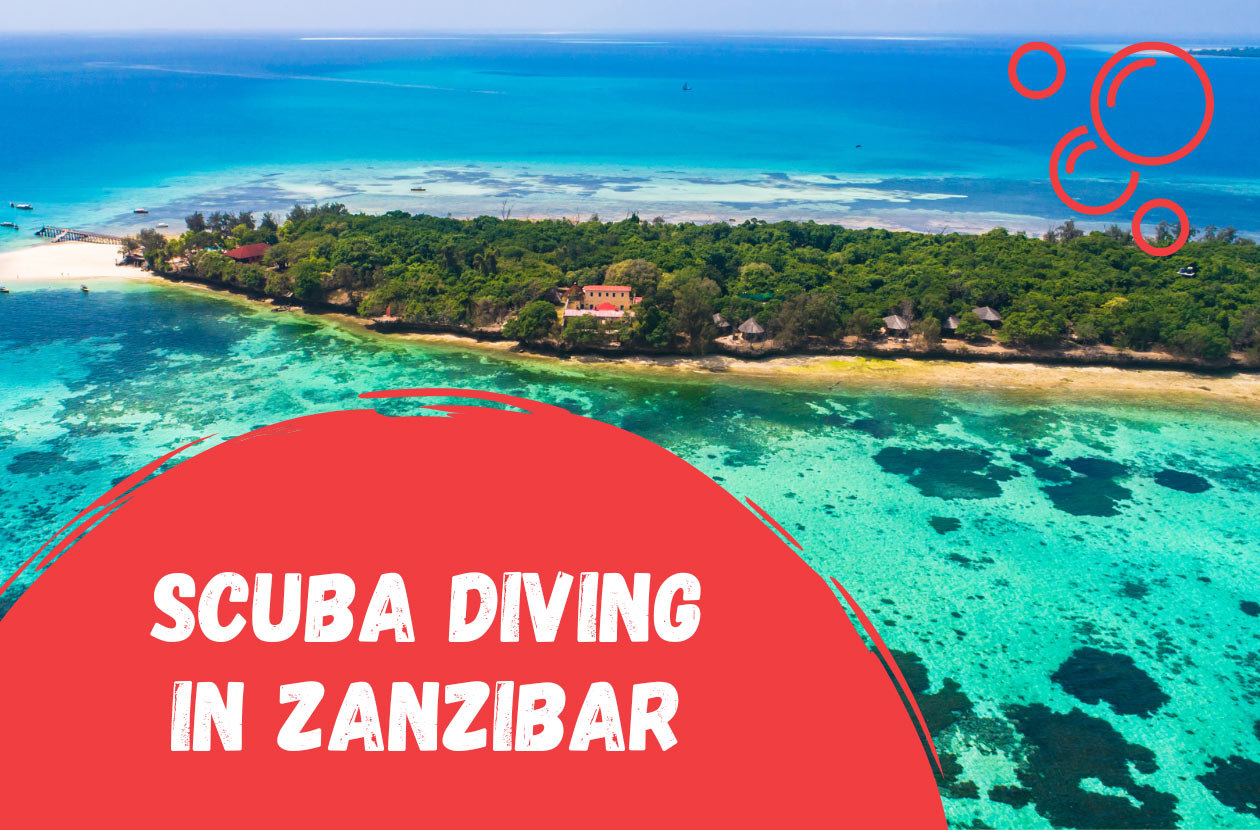Manta rays are fascinating creatures that inhabit the world’s oceans. These majestic giants are known for their graceful movements and captivating appearance. In this article, we will delve into the world of mantas, exploring their characteristics, behavior, habitat, and conservation efforts. Join us on this journey to discover everything you want to know about manta rays.
Table of Contents
What Are Manta Rays?
Mantas are large marine animals belonging to the family Mobulidae. They are cartilaginous fish related to sharks and stingrays. Manta rays are characterized by their flat bodies, broad wings, and cephalic fins, which they use to filter feed. These gentle creatures are renowned for their size and elegance, making them a favorite among divers and wildlife enthusiasts.
Physical Characteristics
Manta rays possess distinct physical features that set them apart from other marine creatures. They can reach impressive sizes, with the largest species having a wingspan of up to 25 feet (7.6 meters) and weighing around 3,000 pounds (1,360 kilograms). Their bodies are mostly dark on the dorsal side, blending with the ocean’s depths, while their ventral side is lighter in color. Manta rays have a pair of large, forward-facing eyes and a wide mouth located on the front side of their head.
Species of Manta Rays
There are two recognized species of these animals: the giant manta ray (Manta birostris) and the reef manta ray (Manta alfredi). The giant manta is the larger of the two species and can be found in various oceans around the world, while the reef manta ray tends to inhabit tropical and subtropical waters.
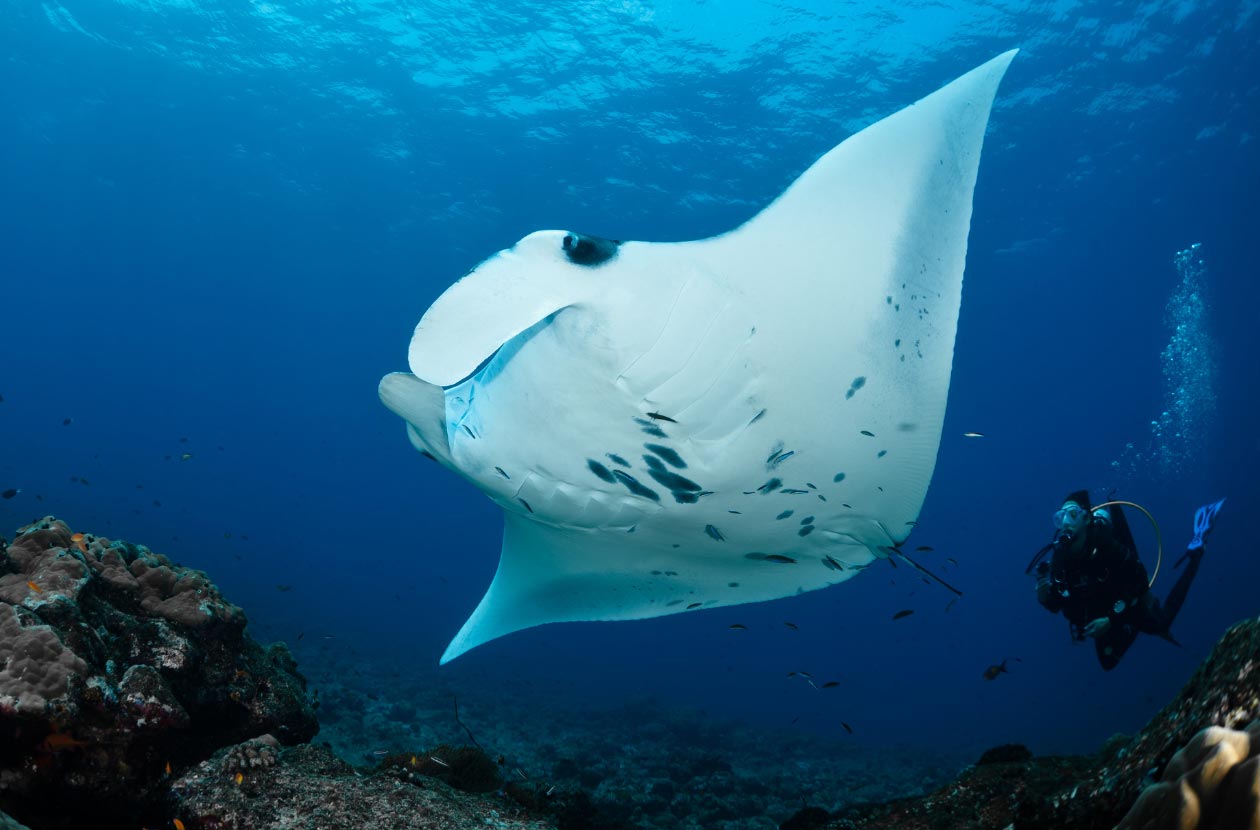
Habitat and Distribution
Mantas are found in both coastal and offshore environments. They prefer warm waters and are commonly sighted in tropical and subtropical regions, including the Indo-Pacific, the Caribbean, and the Mediterranean. These gentle giants are known to migrate to specific locations for feeding, mating, or giving birth.
Feeding Behavior
Manta rays are filter feeders, consuming large quantities of plankton and small fish. They use their cephalic fins to direct water into their mouths, where specialized gill plates filter out their microscopic prey. Mantas are known for their impressive feeding techniques, often performing acrobatic maneuvers to maximize their food intake.
Reproduction and Life Cycle
The reproductive cycle of these animals is still not fully understood due to their elusive nature and long gestation periods. Females give birth to live young after a gestation period of around one year. The pups are born fully developed and capable of independent swimming. Mantas have a slow reproductive rate, with females giving birth to only one pup every two to five years.
Social Behavior
Mantas are generally solitary creatures, but they occasionally gather in large numbers for feeding or mating purposes. They have a non-aggressive nature and are known to coexist peacefully with other marine species. Manta rays exhibit unique behaviors such as breaching, barrel rolling, and leaping out of the water, which are believed to be part of their communication and courtship rituals.
Can manta rays communicate with each other?
They have the ability to communicate with each other, although the full extent of their communication methods is not yet fully understood. They employ a variety of visual displays and body language to convey messages to conspecifics. One notable form of communication observed in mantas is through their intricate movements and behavior. They often engage in acrobatic displays, such as leaping out of the water, barrel rolling, and breaching. These actions may serve as visual signals to communicate with others, potentially indicating courtship, territorial boundaries, or other social interactions. Research into the communication methods of manta rays is ongoing, and scientists continue to explore the complexities of their interactions.
Threats and Conservation
Despite their magnificence, mantas face numerous threats in their natural habitats. They are often caught unintentionally as bycatch in fishing nets, leading to injuries or death. The demand for their gill plates, which are falsely believed to have medicinal properties, poses a significant threat to their populations. Additionally, habitat degradation, pollution, and climate change also impact populations of these animals.
Efforts are being made to protect and conserve mantas worldwide. Several countries have implemented regulations to prohibit their hunting and trade. Conservation organizations and researchers are conducting studies to gather more data on them, their migration patterns, and breeding behavior. By raising awareness and promoting responsible tourism practices, we can contribute to the preservation of these remarkable creatures.

Are manta rays endangered?
While the exact population status of mantas is challenging to determine, they are considered vulnerable to extinction. Both the giant manta ray (Manta birostris) and the reef manta ray (Manta alfredi) face various threats that put their populations at risk. One significant threat to them is overfishing. They are often caught unintentionally as bycatch in fishing nets targeting other species. This accidental capture can lead to injuries or even death for them. Additionally, there is a demand for their gill plates, which are erroneously believed to have medicinal properties in some traditional medicine practices. This has resulted in targeted hunting of mantas for their body parts.
Ecotourism and Manta Ray Tourism
Manta ray tourism has gained popularity in recent years, offering people the opportunity to observe and interact with these gentle giants in their natural environment. Responsible ecotourism practices prioritize the well-being of manta rays and their habitats. Tourists can enjoy snorkeling or diving experiences while supporting local conservation initiatives and contributing to the local economy.
Can manta rays be kept in captivity?
Manta rays are challenging to keep in captivity. Due to their large size, specific dietary requirements, and the need for expansive swimming space, it is not practical to house them in traditional aquarium settings. Mantas are highly migratory animals that cover vast distances in the ocean, and confining them to small tanks would be detrimental to their health and well-being. Furthermore, they are filter feeders that rely on a steady supply of plankton and small fish in their natural environment. It would be extremely difficult to replicate their natural diet in captivity. As a result, there are no known successful long-term captive manta ray programs.
Manta Ray Research
Scientific research plays a crucial role in understanding manta rays and their conservation needs. Researchers use various techniques such as satellite tagging, photo-identification, and genetic analysis to gather information about their behavior, migratory patterns, and population dynamics. This research provides valuable insights for the development of effective conservation strategies.
How long can manta rays stay underwater?
Mantas are capable of staying underwater for extended periods. While there is variability among individuals and species, manta rays have been known to stay submerged for up to several hours at a time. These remarkable creatures have a high level of efficiency in extracting oxygen from the water, allowing them to perform extended dives in search of food or during other activities. The exact duration of their dives can depend on various factors, including the availability of food, environmental conditions, and individual physiological differences. Manta rays possess a series of adaptations that enable them to maximize their time underwater, such as large gill plates that efficiently extract oxygen from the water and a slow metabolic rate that conserves energy.
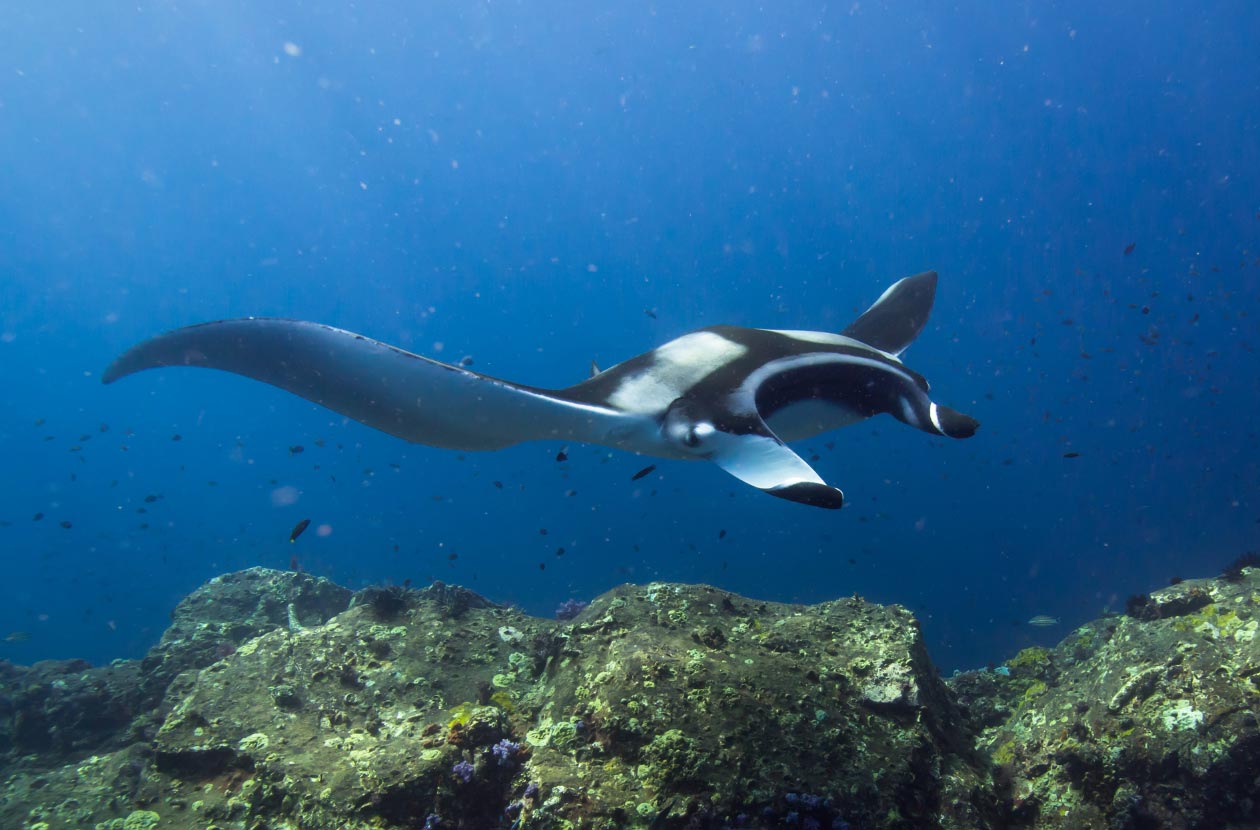
Interactions with Humans
Manta rays have captivated the hearts of many individuals, sparking interest in marine conservation. They serve as ambassadors for the importance of protecting our oceans and the delicate ecosystems within them. Through education and awareness campaigns, people can learn about the significance of manta rays and take action to preserve their habitats and the biodiversity they support.
Are manta rays dangerous to humans?
No, manta rays are not dangerous to humans. They are known to be gentle and non-aggressive creatures. Unlike their stingray relatives, manta rays do not possess stingers or teeth that could harm humans. They pose no threat to swimmers, snorkelers, or divers who encounter them in their natural habitat. In fact, many people enjoy swimming alongside these magnificent creatures and witnessing their graceful movements. It’s important to treat manta rays with respect and admire them from a safe distance to ensure both their well-being and ours.
Manta Rays – let’s recap
Manta rays are magnificent creatures that captivate our imagination with their grace and beauty. Understanding their biology, behavior, and conservation needs is crucial for their long-term survival. By supporting conservation efforts, promoting responsible tourism, and spreading awareness about the importance of protecting marine ecosystems, we can ensure that future generations have the opportunity to witness the splendor of manta rays in our oceans.
